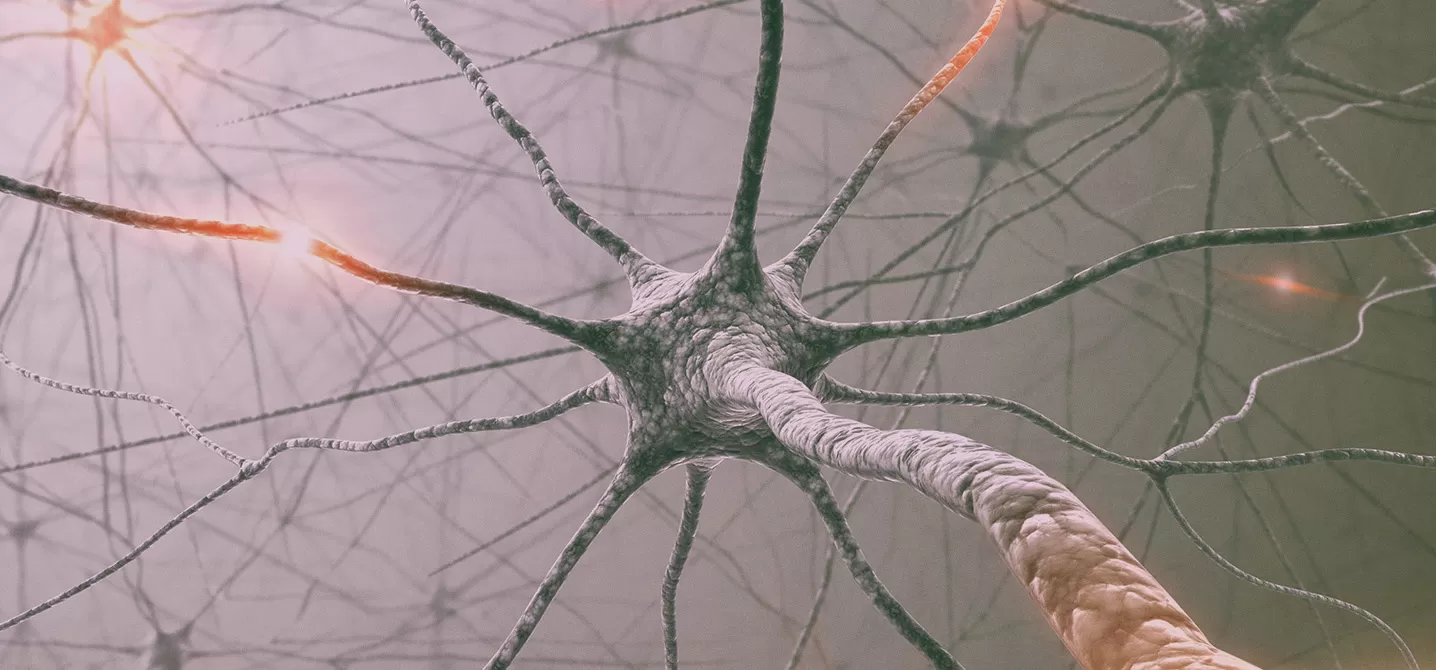KCC2 and Rett: The Import/Export Business

The recent paper published by scientists at Penn State in collaboration with labs from the UC San Diego and the Salk Institute implicating a potentially new therapeutic direction for the treatment of Rett Syndrome has generated quite a buzz among families. It’s a potentially exciting discovery and RSRT is following this work very closely. We asked Benjamin Rakela, an electrophysiology graduate student who is being co-mentored by Paul Brehm and Gail Mandel at Oregon Health and Science University to comment on the paper.

By Benjamin Rakela
Brain cells communicate with each other via neurotransmitters. Some neurotransmitters are excitatory and tell the neurons to fire while others are inhibitory and prevent the neuron from firing. In order for a healthy brain to develop there must be a balance between inhibition and excitation. The main inhibitory neurotransmitter is GABA while the chief excitatory one is glutamate. Just to keep things interesting however, early in development, GABA is excitatory and over time switches to inhibitory in order to balance the excitation from glutamate. The chloride concentration in neurons is what controls the polarity.
When GABA binds its receptor on neurons, chloride ions flow into and out of the cell depending on the electrochemical gradient between the cell and its surroundings. This process is established and maintained by two proteins: NKCC1, a chloride importer, and KCC2, a chloride exporter. During early development NKCC1 is the main operator, keeping chloride levels high inside the cell, meaning chloride ions will flow out and result in excitation. As a healthy brain develops the KCC2 exporter begins operating and the chloride concentration in the cell is lowered (compared to outside the cell), resulting in chloride ions flowing into the cell, creating inhibition. Data in the new paper identifies the chloride exporter, KCC2, as a key player in Rett Syndrome because its expression follows a developmental sequence that is under the control of MeCP2.
The investigators used cell lines (iPSCs) derived from human patients with Rett Syndrome as well as healthy controls and applied a variety of techniques to follow the developmental shift of GABA from excitation to inhibition. First, biochemical techniques confirmed that the Rett patients’ cells did not express MeCP2. Without MeCP2, KCC2 expression did not increase over time, whereas with the healthy controls KCC2 expression increased over a three-month period. This would suggest that in Rett Syndrome, GABA is staying excitatory for longer compared to the healthy neuron cells because chloride is kept high inside the cell for longer.
These biochemical techniques were supported by electrophysiological recordings, which allowed the experimenter to record the actual movement of chloride in and out of the cell. The authors found that cells from healthy controls showed a clear developmental shift from excitatory (outward-flowing chloride) to inhibitory (inward-flowing chloride), whereas Rett cells did not show a significant shift, even after 3 months of optimized growing conditions.
These results were confirmed with cell lines harboring multiple MeCP2 mutations as well as in healthy mouse cortical neurons. They found that by knocking down MeCP2 in the healthy mouse cells, KCC2 levels dropped and the concentration of chloride in the cell rose, resulting in GABA turning more excitatory.
In order to answer the question of how MeCP2 regulates KCC2, the authors turned to the transcriptional repressor REST, which is regulated by MeCP2. They found that KCC2 expression levels were significantly reduced when REST was overexpressed in mouse neurons, but interestingly, co-expression of MeCP2 and REST rescued this reduction of KCC2 levels. This suggests that under normal conditions MeCP2 can prevent REST from binding to the KCC2 promoter and thereby prevent the reduction in KCC2 expression. In Rett, MeCP2 is deficient and therefore unable to block REST from binding to the KCC2 promoter, causing a reduction in KCC2 levels, which raises the concentration of chloride in the cell and results in excitatory GABA.
Though independent of MeCP2 (and REST), the authors also found that IGF1 treatment can rescue the expression of KCC2 in RTT cell lines and thereby restore the inhibitory role of GABA.
In short, this paper strives to establish that KCC2 is a key downstream signaling molecule and thus a potential drug target for therapeutic intervention. Though the data supports this conclusion, the sensitive timing of KCC2 expression in the appropriate cell types along development is a formidable challenge.
Given the implications of these findings, it would be worthwhile to do future studies in a more physiological context. For example, the experiments could be repeated using brain slices from healthy and Rett Syndrome mouse models at different ages. Though lacking the advantage of being derived from human tissue, brain slice recordings retain the natural environment of neuronal synapses and aren’t subjected to the required manipulations involved in inducing neuronal identity from iPSCs.
In addition, the authors studied the polarity of GABA by manually applying the neurotransmitter onto the neurons. It would also be interesting to look at GABA naturally released from neighboring cells in the slice. Furthermore, once these findings have been recapitulated in slice, re-expression of KCC2 can be done on the whole animal to see if Rett symptoms improve.
In conclusion, the findings in this paper suggest that there is an imbalance between excitation and inhibition in Rett Syndrome due to GABA staying excitatory past its normal point of transition. Future studies will be needed to determine whether KCC2 is a realistic drug target. I look forward to seeing this story unfold.
Readers wishing to read this entire paper please email monica@rsrt.org


